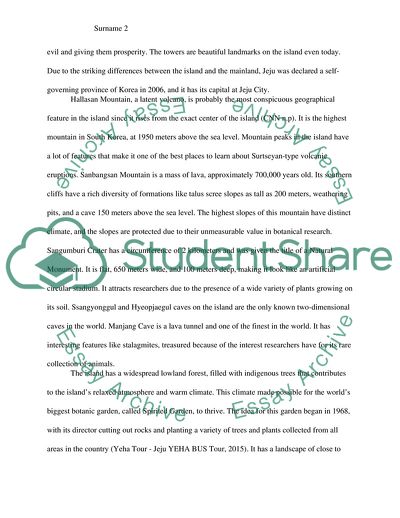Cite this document
(Analysis of Jeju Island, Chongjin City, and Hoeryong City Case Study, n.d.)
Analysis of Jeju Island, Chongjin City, and Hoeryong City Case Study. https://studentshare.org/geography/1876090-geography-analysis-of-area-paper
Analysis of Jeju Island, Chongjin City, and Hoeryong City Case Study. https://studentshare.org/geography/1876090-geography-analysis-of-area-paper
(Analysis of Jeju Island, Chongjin City, and Hoeryong City Case Study)
Analysis of Jeju Island, Chongjin City, and Hoeryong City Case Study. https://studentshare.org/geography/1876090-geography-analysis-of-area-paper.
Analysis of Jeju Island, Chongjin City, and Hoeryong City Case Study. https://studentshare.org/geography/1876090-geography-analysis-of-area-paper.
“Analysis of Jeju Island, Chongjin City, and Hoeryong City Case Study”. https://studentshare.org/geography/1876090-geography-analysis-of-area-paper.


